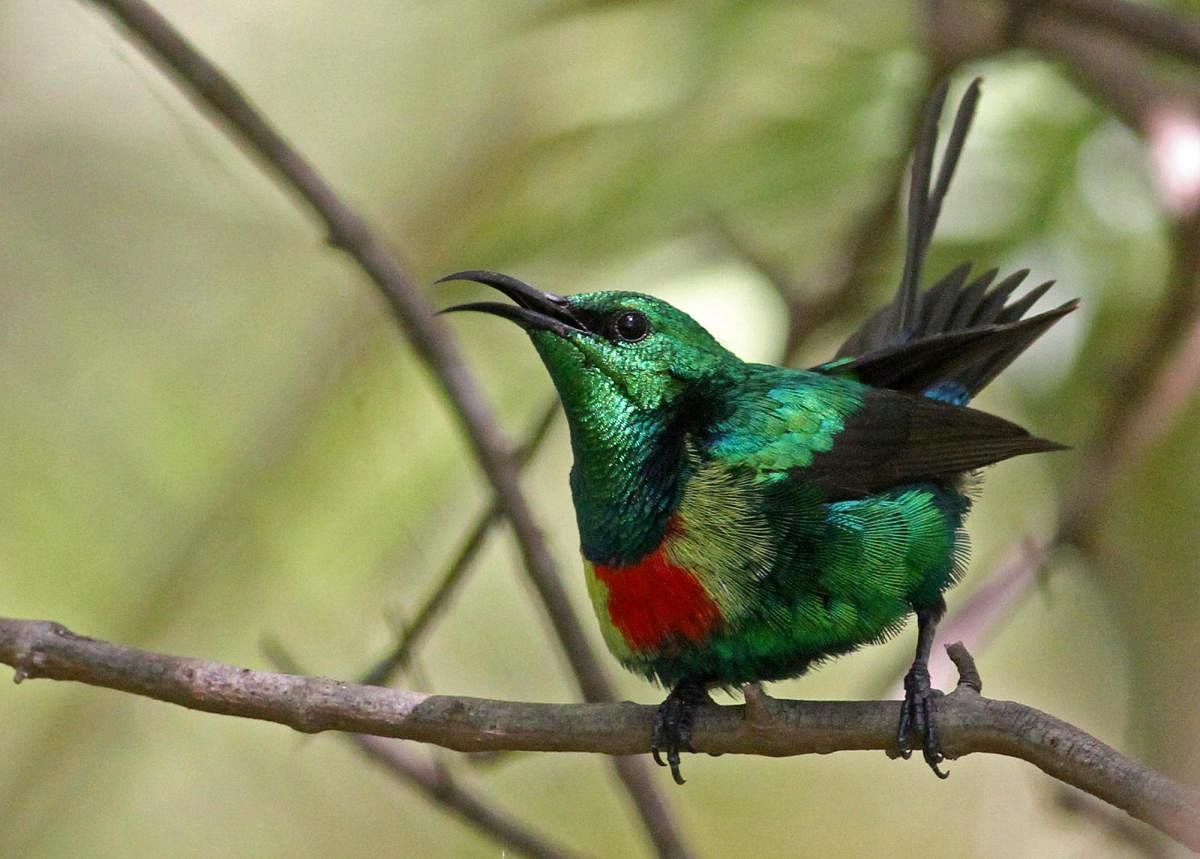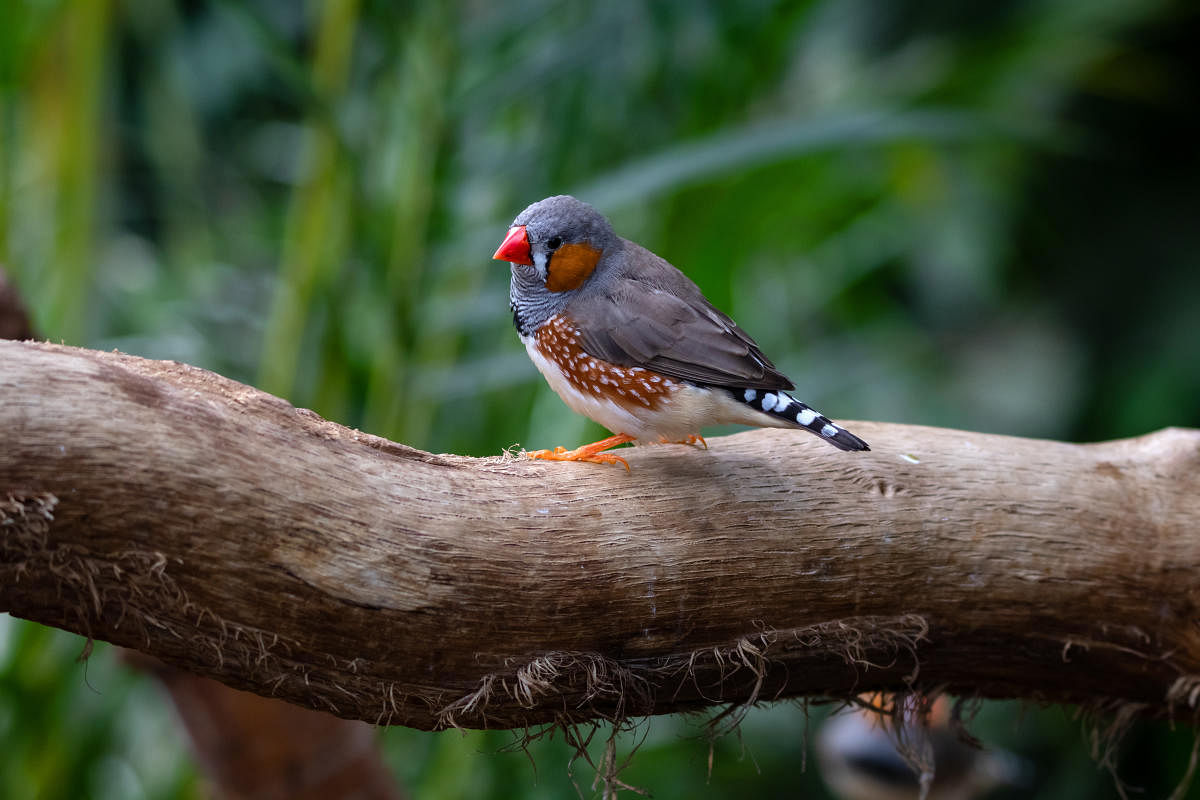
Nearly two hundred years ago when young Charles Darwin was circumnavigating the globe in a sailship, he noticed “increased colourfulness of tropical organisms” and alluded to it in his book, The Voyage of the Beagle. Other early naturalists like Alexander von Humboldt and Alfred Russel Wallace also noted “rich variety” and “mixture of colours” in tropical songbirds compared to their non-tropical counterparts.
In the centuries following such early anecdotal observations, biologists, however, struggled to conclusively test for the existence of global-scale latitudinal differences in the colourfulness of species, calling to question the very existence of the long-assumed biogeographic ‘rule’.
The principal difficulty was the absence of techniques to extract large amounts of colour data and advanced imaging technology to examine the patterns on a global scale. A solution has finally come from scientists at the University of Sheffield who have shown birds living near the equator are roughly 30% more colourful than birds living closer to the poles.
“Our findings suggest that colourfulness appears to be linked to living in stable and productive environments such as rainforests, where resources such as food and energy are relatively plentiful, potentially allowing birds to invest more in bright and colourful plumages,” lead investigator Christopher R Cooney told DH over an email.
“Conversely, in high latitude areas, environmental conditions can be harsh, particularly in the winter. It may be more difficult for birds to develop and maintain showy plumages in these harsher conditions.”
Cooney, his colleague Gavin Thomas and other team members from Hungary and the UK photographed and documented over 24,000 passerine birds from the Natural History Museum collection in Tring. The museum has specimens of over 95% of the world’s living bird species.
The researchers analysed more than 4,500 species of passerine birds, or songbirds — the largest avian order, comprising 60% of the about 10,000 bird species including perching birds like sparrows, songbirds and finches. For each specimen, they identified the colours of the plumage at 1,500 individual points and fixed a ‘colour loci score’ for each of them as a metric of colourfulness.
A male house sparrow with simple brown and grey colouration would have a low colour loci score, whereas an Amazon paradise tanager with a variety of colours would have a high score.
“Looking at broad-scale patterns, we found that colourfulness was the highest in birds from dense, closed forest habitats such as rainforests, and in birds consuming fruits and floral nectar,” Cooney said in his mail.
This supports long-standing theories emphasising the importance of species’ visual signalling environment (e.g. dark forests vs bright open areas) and dietary resources in promoting the evolution of colourfulness. For example, dark conditions in tropical forests may increase the need for bright, vivid colouration in order to be seen by other individuals.
Fruits tend to contain a relatively high concentration of carotenoid compounds. Therefore it is likely that frugivorous (fruit-eating) species may have more of these compounds available from their diet for producing bright colours than species eating other diets.
“We also found a consistent positive association between colourfulness and bird community diversity — the average number of songbird species co-occurring in the same location. With species richness increasing dramatically towards the Equator, the finding supports the idea that enhanced colourfulness may help tropical songbirds to distinguish themselves from others in species-rich tropical communities,” he said.
Reporting their findings in the study Latitudinal gradients in avian colourfulness published in Nature Ecology and Evolution in April, the scientists noted that such a pronounced tropical-zone peak in colourfulness could be explained, in part, by latitudinal-associated gradients (relating to the position of a place north or south of the earth’s equator) and the ecological traits of the species, along with other potentially important factors that are yet to be investigated.
One such area could be camouflaging. “It is likely that selection for camouflage is an important factor determining colouration in many species and may play a role in explaining latitudinal gradients in colourfulness. We hope to follow up on this question with further, more detailed studies,” Cooney added.

